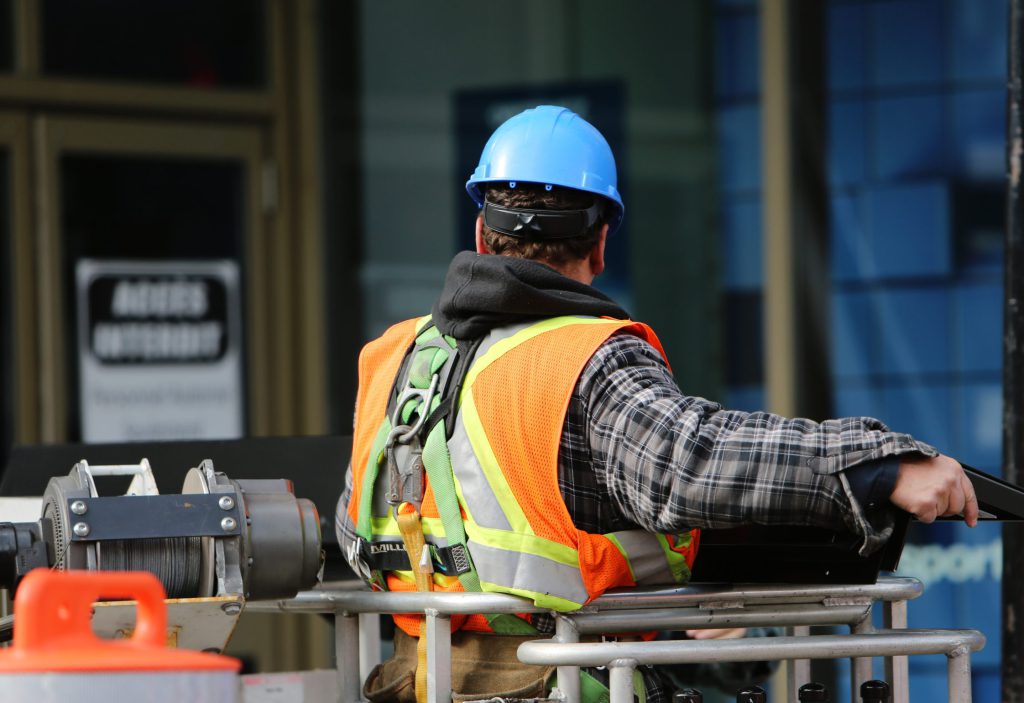Risk Management
Risk assessments: What are they, why are they important, and how to complete them
Risk assessment is a primary management tool for ensuring the health and safety of workers (and others). However, what many people may not be aware of is that it is actually a legal requirement for employers and certain self-employed individuals. Whether you are wondering how to complete a risk assessment or unsure of their relevance in your industry, keep reading to discover everything you need to know.
What is a risk assessment?
The definition of risk assessment is a systematic process of identifying risks and evaluating all workplace-related risks, and then implementing reasonable control measures to eliminate or reduce them.
Different types of risk assessments
Types of required risk assessments in every workplace should be proportional and relevant to operational activities. Many industries have specific legislative requirements. For example, in environments where hazardous substances are used, control assessments of hazardous materials for health should be completed.
Some common types of risk assessments include:
• Fire risk assessments: Safety fire management policies are required in every workplace, including appropriate and adequate fire risk assessments.
• Manual handling risk assessments: A risk assessment should be carried out in every workplace where workers may be at risk of injury and/or illness due to the need to lift, carry or move items from one place to another.
• Display equipment risk assessments: Required in workplaces where workers (and others) use computers, laptops, etc.
• Hazard assessments: Required in workplaces where hazardous materials are stored, used, or produced.
A business can also choose to complete a method statement declaration of risk assessment according to the nature of the activities being carried out. This process contains details of the harm and a well-organized procedure step by step of how to complete the work and effectively control identified risks. This process is common in the construction industry.
Why are risk assessments important?
As mentioned, performing suitable and reliable risk assessments is the main management tool in effective risk management. It is a legal requirement for every employer and must be documented in any place where five or more employees are employed. Risk assessment is a simple and intuitive method for ensuring the risks to the health, safety, and well-being of employees (and others) are minimized, reduced, or properly controlled.
The main purpose of risk assessments:
• Identify health and safety hazards and evaluate the risks presented in the workplace.
• Assess the effectiveness and adequacy of existing control measures to ensure that additional controls (including procedural controls) are implemented wherever the residual risk is deemed anything but low
• Additional resources may be required to achieve the above
Failure to maintain the required controls in the workplace can be an expensive lesson for a business, which may not only incur financial losses (via fines, litigation, etc.) but also losses in terms of production time, equipment damage, time taken to train replacement employees, negative publicity, etc.

Who is responsible for performing risk assessments?
The employer (or self-employed) is responsible for evaluating the risks involved in the work and appointing a person with relevant knowledge, experience, and skills for this purpose. The employer must take reasonable steps to ensure an effective and operational plan. Once risks are identified, evaluated, and steps are taken to minimize potential impacts, the next step for the employer is to communicate the risk assessment process and its content clearly and efficiently to relevant parties. Communication is achieved more effectively when relevant people are involved in the risk assessment process at every stage. The person performing the activity or task is usually in the best position to provide details about the associated risks, and therefore, must fully participate in completing the risk assessment.
When to conduct a risk assessment?
An appropriate and adequate risk assessment must be carried out before performing any activity or specific task in order to properly eliminate, mitigate or control any risk related to the health, safety and well-being of people involved in the mission or affected by it. After completing the risk assessment, it should be periodically reviewed (in proportion to the level of risk involved) and in any case when the current assessment is no longer valid and/or if significant changes occur in the specific activity or task. Relevant risk assessments should be reviewed in the event of an accident, incident, or health impairments to ensure that the control measures and estimated risk level are appropriate or require correction.
How to do risk assessment?
We recommend a five-step process for completing a risk assessment:
1. Identification of potential hazards
2. Identification of those who may be affected by these hazards
3. Risk assessment (severity and likelihood) and determination of appropriate safety measures
4. Implementation of controls and recording of findings
5. Review of your assessment and reassessment as needed.
Let’s turn safety into your strength. Contact us today to learn how Reshef Consulting Ltd. can help your company improve and best safeguard your employees.
